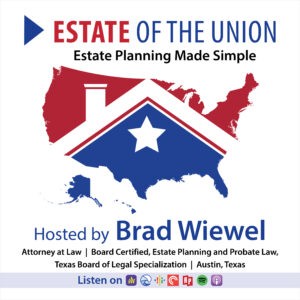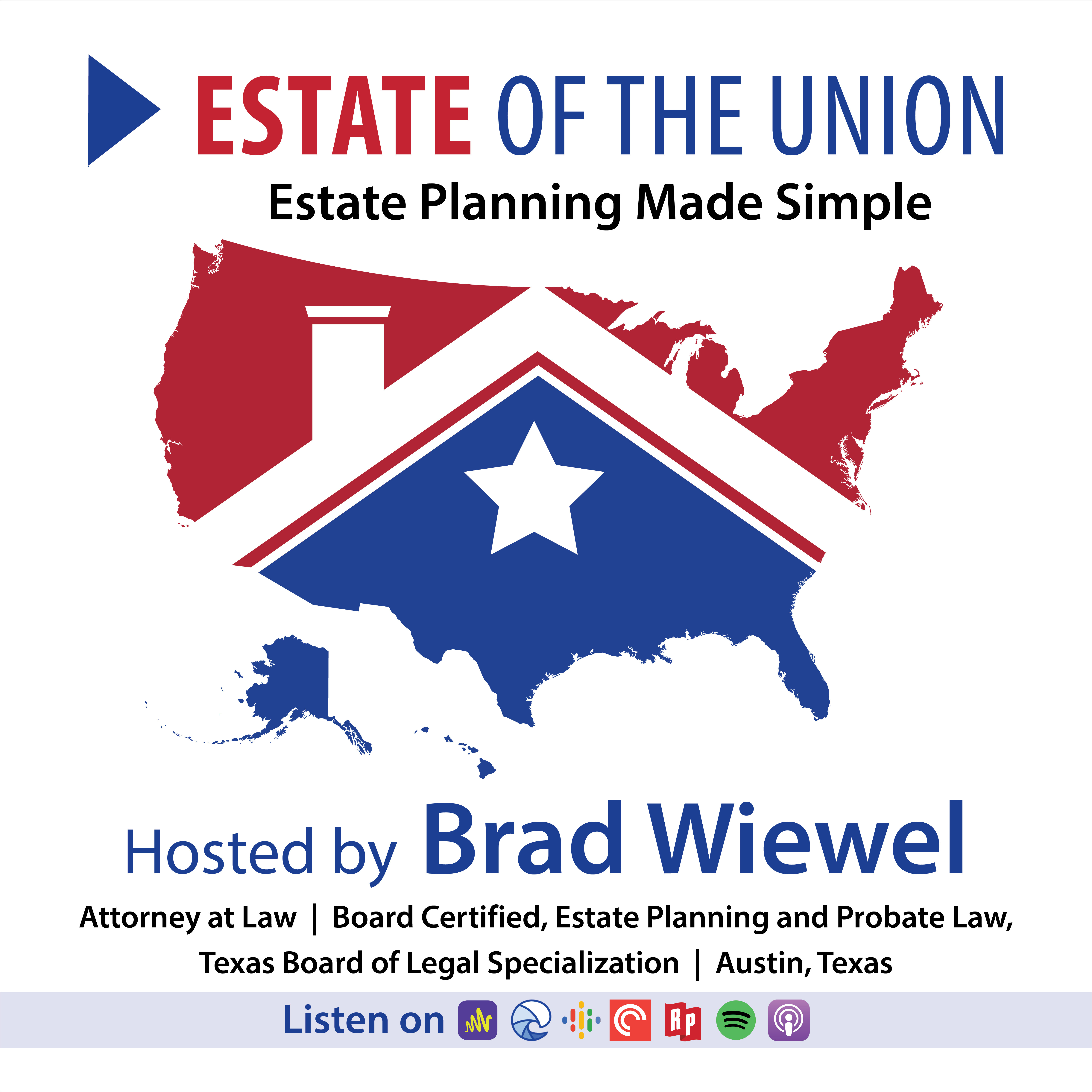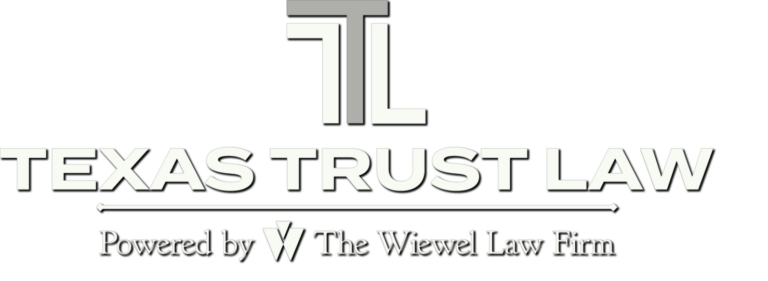
A Well-Planned Strategy ensures Families maximize Financial Aid when planning for College
Higher education costs continue to rise, making early financial planning essential for families. Whether parents set aside money in a 529 plan, navigating financial aid applications, or managing estate planning alongside college savings, avoiding common mistakes can save thousands of dollars. A well-planned strategy ensures that families maximize financial aid when planning for college.
Many families unknowingly reduce their financial aid eligibility by incorrectly filling out the FAFSA (Free Application for Federal Student Aid) or structuring college savings accounts in ways that negatively impact aid calculations.
Understanding College Savings Options
Several financial tools help families prepare for the high cost of tuition. However, each option affects financial aid differently. Knowing how assets are counted in the FAFSA calculation can help parents avoid decisions that reduce aid eligibility.
529 College Savings Plans
A 529 plan is one of the most popular ways to save for college. These tax-advantaged accounts allow parents, grandparents, or guardians to invest money for education expenses, while benefiting from tax-free withdrawals when funds are used for tuition, books and housing.
While 529 plans offer tax benefits, they also impact financial aid calculations. Assets held in a parent-owned 529 account count as a parental asset on the FAFSA, reducing eligibility for need-based aid. However, the impact is relatively small—about 5.64% of the account’s value is considered in aid calculations, compared to 20% for student-owned assets.
Custodial Accounts (UGMA/UTMA)
Some families use Uniform Gifts to Minors Act (UGMA) or Uniform Transfers to Minors Act (UTMA) accounts to save for their child’s future. These accounts are considered the student’s assets and carry a much higher financial aid penalty than a 529 plan.
Because the FAFSA formula expects students to contribute 20% of their assets toward tuition, families with large UGMA/UTMA accounts may receive less financial aid than those using a 529 plan.
Trusts and Estate Planning Considerations
Families with substantial assets often use trusts to protect wealth and structure inheritance. While some trusts help secure long-term financial stability, others can unexpectedly reduce financial aid eligibility.
Revocable trusts, where parents maintain control over assets, are counted in the FAFSA calculation as parental assets. Irrevocable trusts, however, may not be considered available for college expenses, depending on how they are structured. Consulting an estate planning attorney can help families balance asset protection with college savings goals.
Common FAFSA Mistakes that Reduce Financial Aid
The FAFSA is the key to unlocking federal financial aid, grants and scholarships. However, errors in the application can reduce assistance or cause costly delays.
Overreporting Retirement Assets
Retirement savings in 401(k)s, IRAs and pension accounts do not need to be reported on the FAFSA. However, many families mistakenly include these figures, inflating reported assets and lowering aid eligibility.
Incorrectly Reporting Parent and Student Income
FAFSA uses tax information from a prior year, meaning financial aid applications for the 2025-26 school year will use 2023 tax data. Families should ensure income and tax figures match IRS records to prevent application errors that could delay aid processing.
Not Using the IRS Data Retrieval Tool (DRT)
The IRS Data Retrieval Tool automatically transfers tax information to the FAFSA, reducing errors and simplifying the application process. Families who manually enter tax data risk inconsistencies that could flag their application for verification, delaying aid decisions.
Failing to Update Household Size or Number of Students in College
Families often overlook changes in household size or the number of children in college, both of which significantly have an impact on aid eligibility. If an older sibling graduates, the remaining student’s aid amount may be lower than in previous years. Keeping this information accurate prevents unexpected reductions in financial aid.
How Estate Planning has an Impact on College Funding
Estate planning ensures financial security for future generations but can also impact how much financial aid a student receives. Families with substantial assets in trusts, large inheritances, or investments should work with an estate planning attorney to:
- Minimize FAFSA-reportable assets by structuring trusts appropriately
- Use strategic gifting to reduce parental assets while funding education
- Ensure inheritance planning does not unintentionally disqualify students from financial aid
Careful coordination between college savings strategies and estate planning ensures that families optimize education funding and long-term wealth protection.
Plan for College and Protect Your Assets
Balancing college savings, estate planning and financial aid eligibility requires careful planning. Whether you are structuring a 529 plan, managing trust assets, or optimizing FAFSA eligibility, a well-planned strategy ensures that families maximize financial aid when planning for college. If you would like to read more about planning for young adult children, please visit our previous posts.
References: Saving for College (Aug. 10, 2023) “FAFSA Errors That Affect the Amount of Financial Aid”
Image by jeffstatecollege














